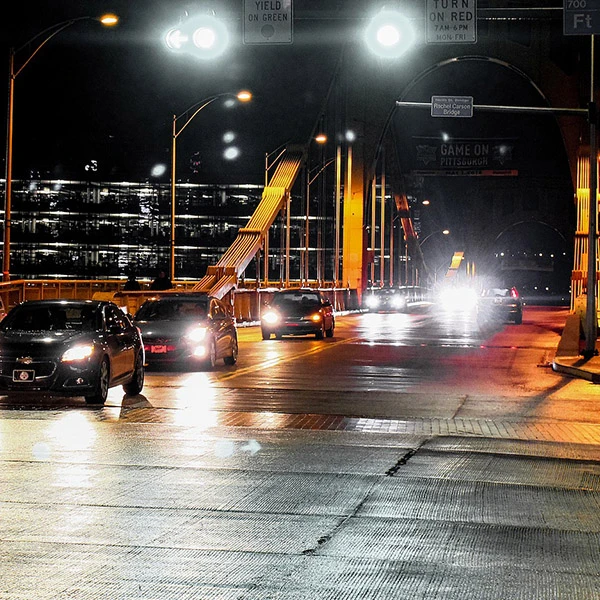Automotive Headlamp Photometric Performance Evaluation

Headlamp or forward lighting on vehicle plays an important role in the safety of the driver. It provides optimal illumination on and along the road to maximize driver comfort and help identify potential hazards. But having too much illumination can result in glare, which impair preceding or oncoming drivers’ visibility.
Balancing the visibility benefits and the glare consequences involves switching between high beams and low beams. High beams are intended for distance illumination with no glare control and are usually used in poorly lit areas. Low beams provide adequate forward and lateral illumination without impairing the visibility of other road users with excessive glare.
Photometric specification indicating the maximum light output and beam patterns (intensity and distribution) is established by regulatory bodies like Economic Commission for Europe (ECE) and Society of Automotive Engineers (SAE). ECE permits higher intensity headlamp on high beam while SAE permits much higher amount of glare on low beam.
When attempting to evaluate the photometric performance of headlamp, the use of imaging photometer like ProMetric® I would be helpful. It can measure numerous angles or points simultaneously, providing a fast and cost-effective solution to headlamp beam patterns evaluation. It is also capable of converting headlamp beam patterns into roadway illumination distributions.
Learn more about photometric specification of automotive headlamp with this white paper.
Check out our advance imaging solutions for automotive industry to learn more on automotive light testing and evaluation solutions.
Alternatively, get in touch with us for a free consultation or to schedule a product demonstration.

